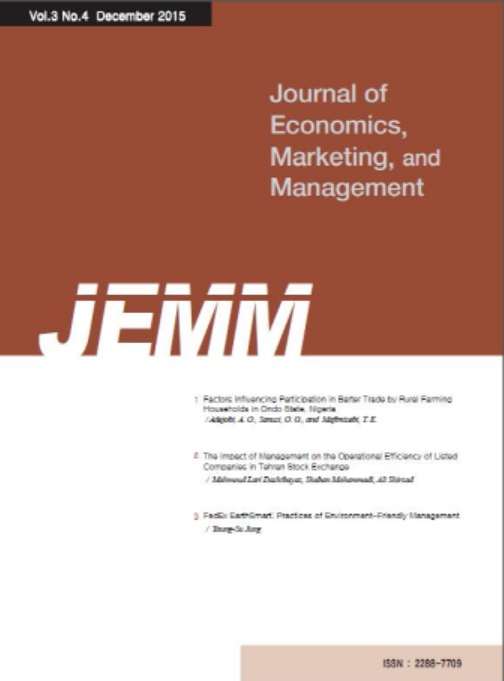4권 2호
초록
Abstract
The purpose of this study was to examine the issues involved in offering superior customer experience on fashion retail stores in Brazil. The approach used to access CEM (Customer Experience Management) issues was a special questionnaire with 23 questions, through a research with managers of three important brazilian fashion retail chains (focused on class A clients). Some statistical techniques were used for data processing. It was possible to analyze the aspects that impact on the customer experience and their relevance. it was possible to realize that CEM is effective in increasing productivity and, so, it can be used as a guideline matrix management in decision making to promote superior customer experiences. The classical management is usually conservative and avoids to deal with strategies that do not necessarily involve numbers. Dealing with intangible and so subtle experience is unusual and a huge challenge, but sometimes it is necessary to look beyond the obvious and accessible statistics. If CEM is a strategy to focus on operations and processes of a business around the customers experiences with the company, it is essential to structure it and find out its effectiveness.
초록
Abstract
The purpose of the present study is to investigate the audit quality and Investment efficiency of the listed companies on the Tehran Stock Exchange (TSE). The population includes 94 firms selected through systematic sampling. The data is collected from the audited financial statements of the firms provided by TSE's website from 2008 to 2015. In this study the variables, auditor industry specialization, auditor reputation, auditor tenure and auditor independence has been used to investigate audit quality. The results of multiple linear regression analysis show that there is a significant relationship audit quality and Investment efficiency.
초록
Abstract
The second decade of the current century has witnessed a sharp rise in the total number of mobile users across the globe. Mobile device ownership rather defines our daily lives and even identities. India has emerged to become one of the largest markets for smartphones. India is an emerging economy with a lot of uniqueness: particularly, it has one of the most tech literate young consumers in the world and that its cultural fabric is extremely collective. This study looks into some issues related to the proliferation of smartphones among the Indian youth.














